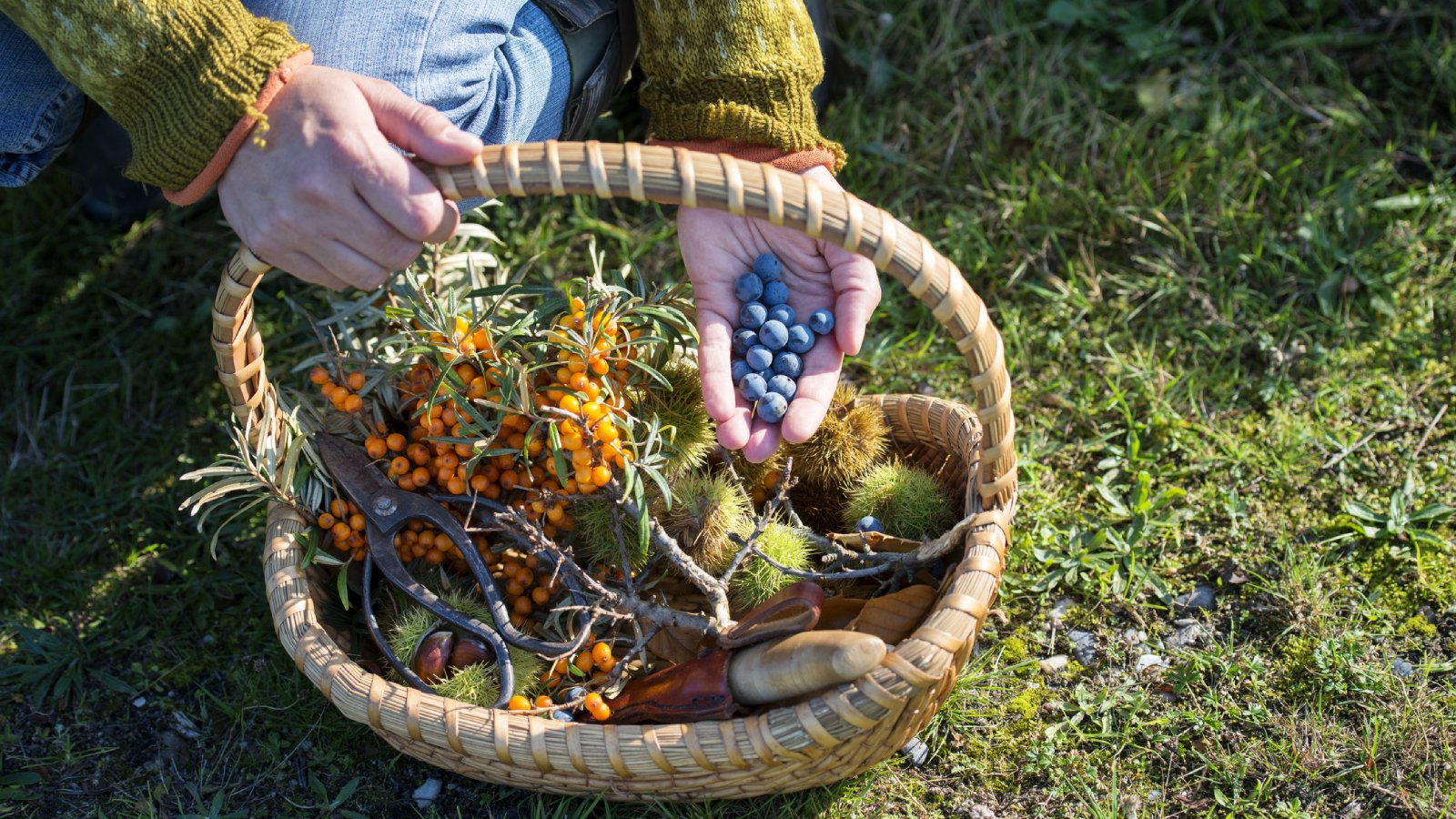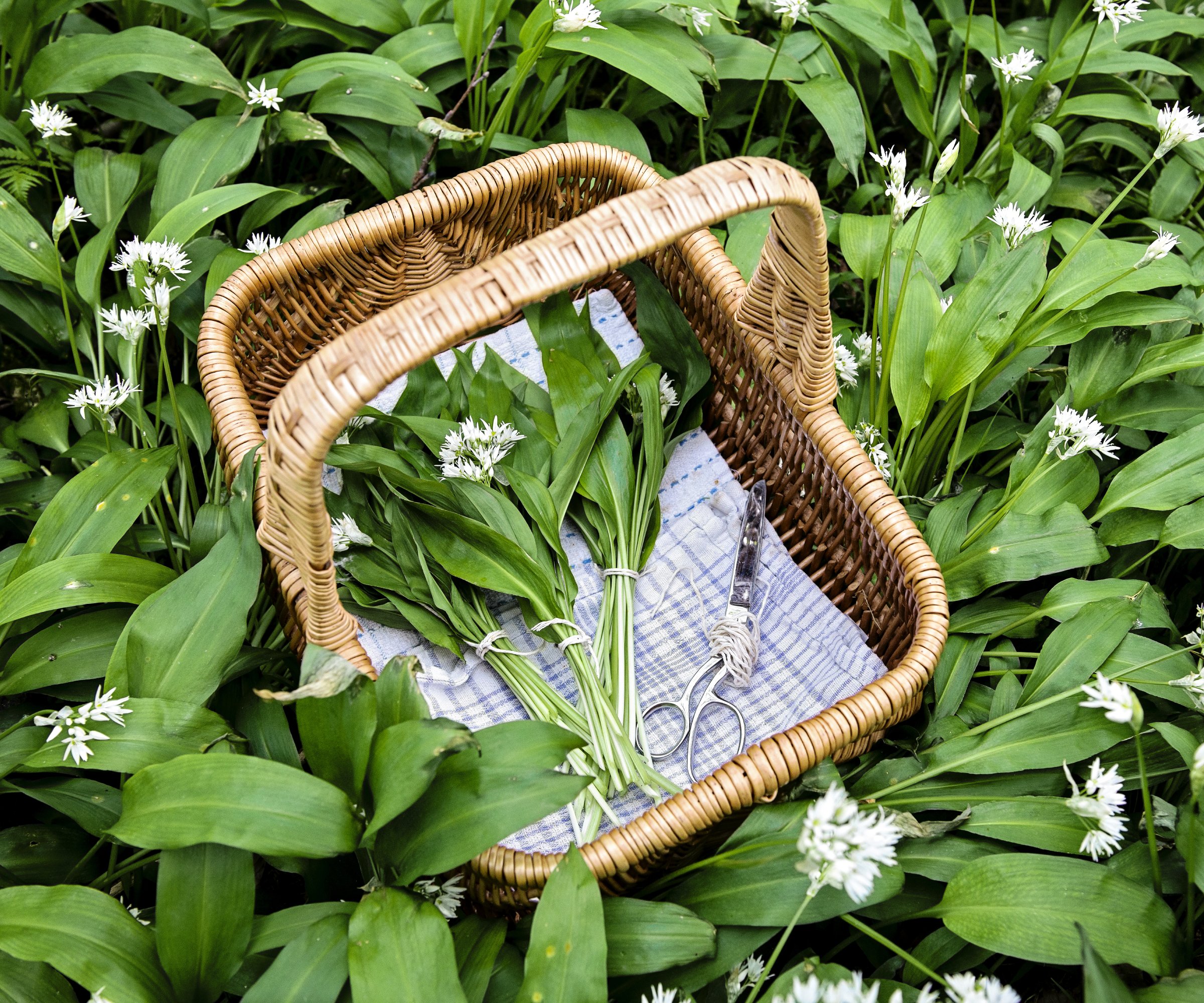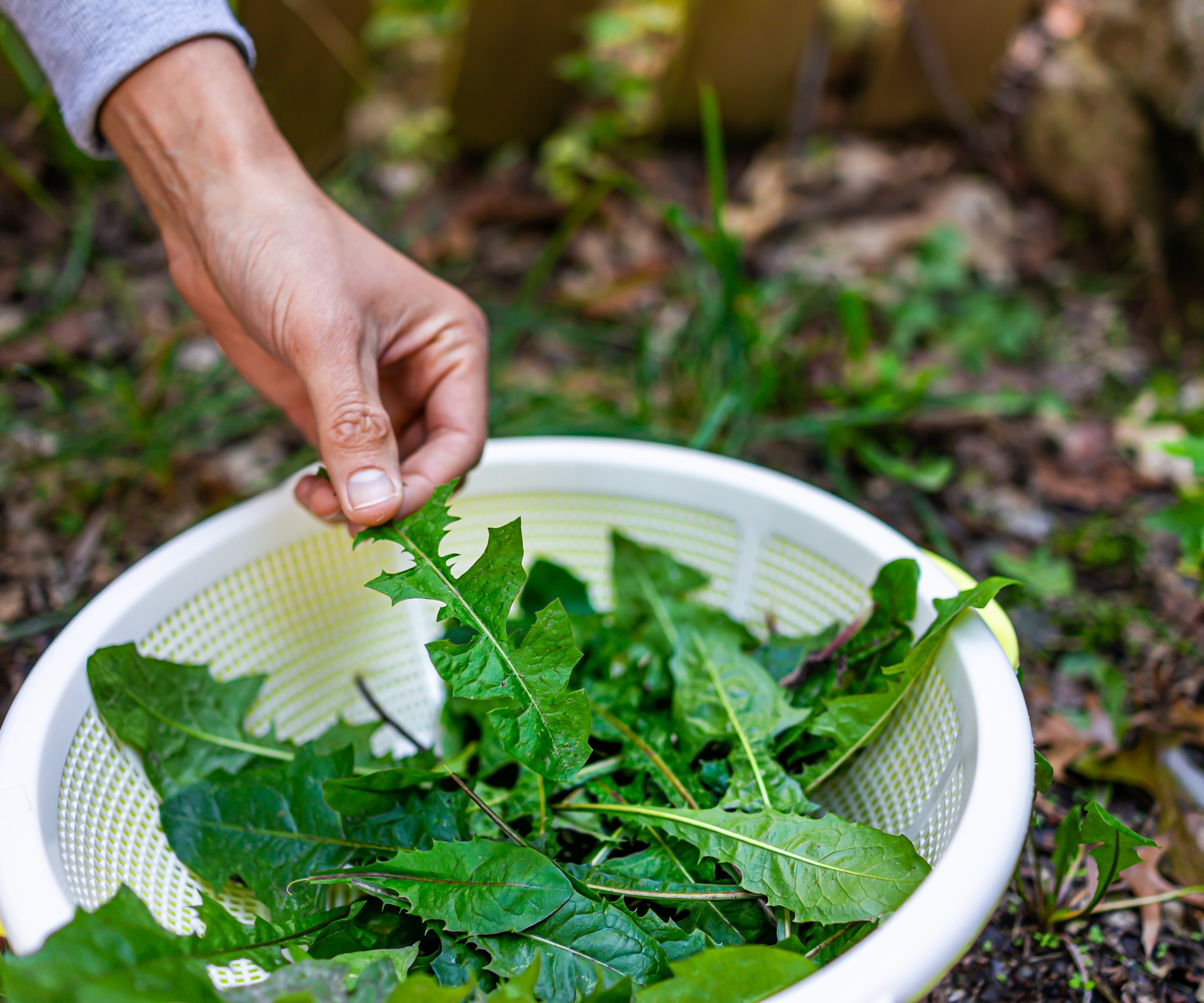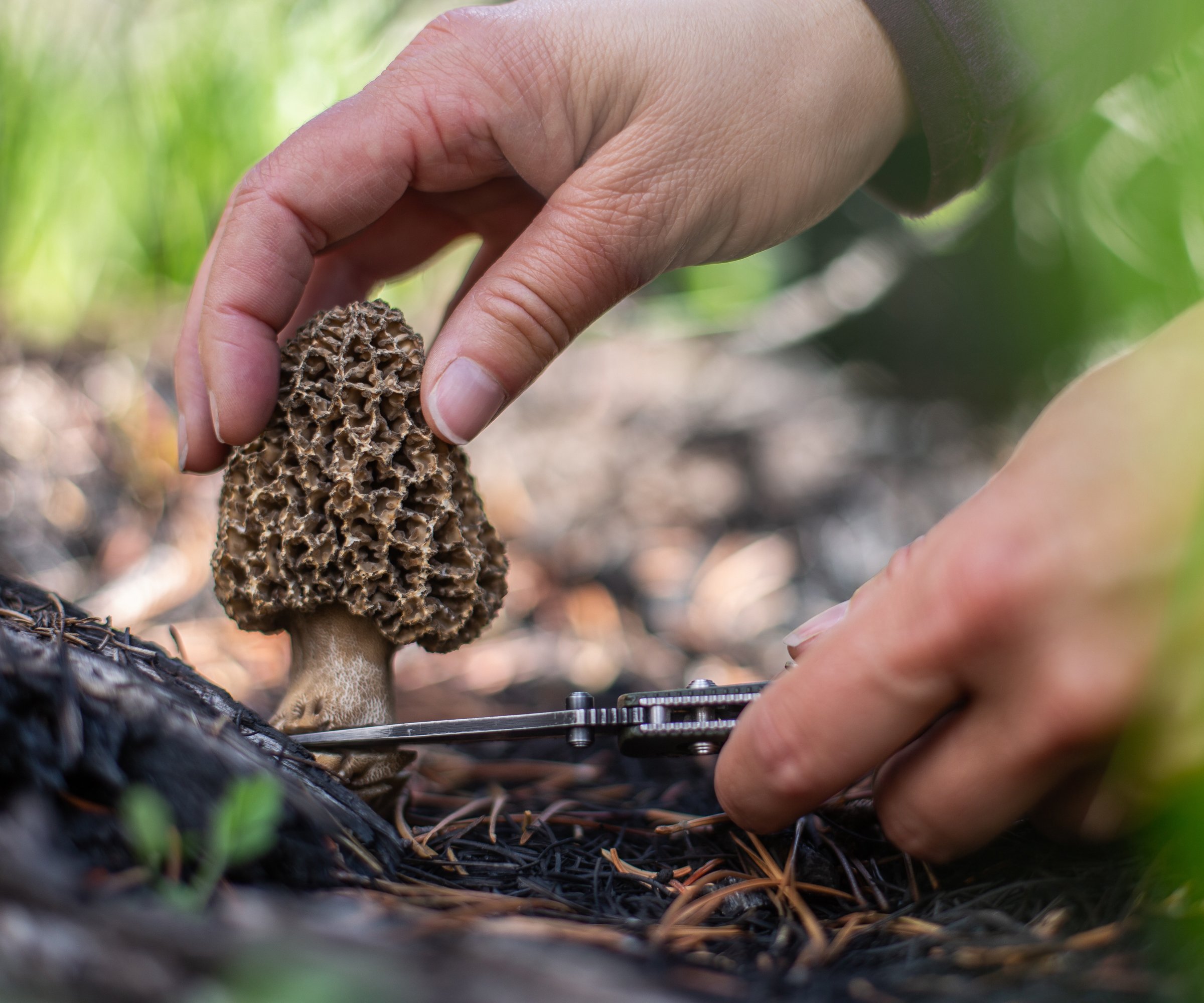Foraging For Beginners: Everything You Need To Know To Get Started
It’s vitally important to be knowledgeable about what you’re gathering and when foraging, since it could mean the difference between life and death.


Foraging is a popular activity among those who adore nature and natural foods. What is foraging? It’s a term used to describe wild harvesting. Hikers and naturalists enjoy the hunt for favorite foods that usually can’t be found in the supermarket. There are some general rules when foraging for food that protect landowners and the continued supply of the foods. Food foraging is a fun way to experience something new and get some exercise in the fresh air.
What Is Foraging?
Our ancestors were foragers, gathering their food and medicine as they traveled. As long as there have been humans and our antecedents we have been food foraging. It is simply the act of harvesting wild edible foods and other items in nature. Wild foods can be found in fields, forests, and other spaces, but they are also often found in urban settings. Some of the plants we think of as weeds actually have huge flavor and nutritional advantages. Think of those pesky dandelions. They are edible from leaf to root and enjoyed in salads, as wine, or in stews.
The Benefits of Foraging

Provided you aren’t gathering edibles from the side of the road where herbicide use may occur, foraging for food offers a wide supply of items that are wholesome. The act of foraging provides exercise and fresh air. Many of our wild foods contain more nutrients than supermarket options.
Often the foods we can find in nature are not available in stores, which can give us the opportunity to try something new and rare. Wild foods generally have not been exposed to chemicals. Best of all, eating plants in the wild allows us to connect with the land and to note the cycle of life.
How to Start Foraging
Sometimes the easiest way to start something is right in your own backyard. Remember those annoying dandelions? Give them a try. Make sure they haven’t been sprayed with anything and then toss some leaves in a salad. Dig up the root and roast it. You might be surprised at how good they taste and they are everywhere.
Because many wild edibles have toxic look-alikes, it is a good idea to get a foraging guide. Choose one with pictures so you can ensure the items you harvest are safe to eat. Or join a foraging group helmed by an expert who can show you where to look and point out distinct features of edible foods.
Best Plants for Beginner Foragers

Often the ones that you easily recognize are the best for beginners. Fruits and berries you might find in the supermarket may grow wild. Wild strawberries are smaller than commercial fruits but delightfully sweet. Blueberries and huckleberries grow wild in certain regions, as do blackberries. Wild pawpaws, persimmons, apples, and other fruits are readily available and easy to define. Other good plants to seek:
Gardening tips, videos, info and more delivered right to your inbox!
Sign up for the Gardening Know How newsletter today and receive a free copy of our e-book "How to Grow Delicious Tomatoes".
- Stinging nettle
- Purslane
- Dandelion
- Ramps
- Wild ginger
- Red clover
- Cattails
- Greengage plum
- Oregon grapes
- Elderberries
- Rose hips
These plants are all easy to identify and have no toxic look-alikes. There are many other plants to forage but be very cautious. Not every berry is edible, nor is every mushroom. Take time to learn about the plant you wish to harvest before going out and hunting it down.
Foraging Safety

The number 1 safety tip is to know your plant. There are edible plants with deadly dupes. Wild carrot looks similar to the deadly water hemlock but it has hairy stems. Common camas look much like deadly camas.
First, know how to accurately identify your plant. If you have doubts, do not try to eat it. Wear good footgear, long sleeves and pants, and a hat to protect you. Bring gloves, especially if you are harvesting stinging nettle. Avoid foraging where spraying might have occurred. Take only healthy plants and take only what you need, leaving plenty for wildlife and the plants’ reproduction. There are many private lands where such activity is illegal, so check to make sure the land is legal to harvest from. If you wish to wild harvest from private land, always ask first.
Frequently Asked Questions
Is foraging illegal in the US?
Many states require permits prior to foraging. Make sure you have these in hand. Sometimes only certain foods require a permit, but it is best to check. And even some state-owned lands have banned foraging. Just because it is owned by the government doesn’t make it legal. Your Department of Natural Resources can guide you through any permit processes and bans.
What is the golden rule of foraging?
Do not eat anything you cannot identify 100%. This rule could save your life.

Bonnie Grant is a professional landscaper with a Certification in Urban Gardening. She has been gardening and writing for 15 years. A former professional chef, she has a passion for edible landscaping.